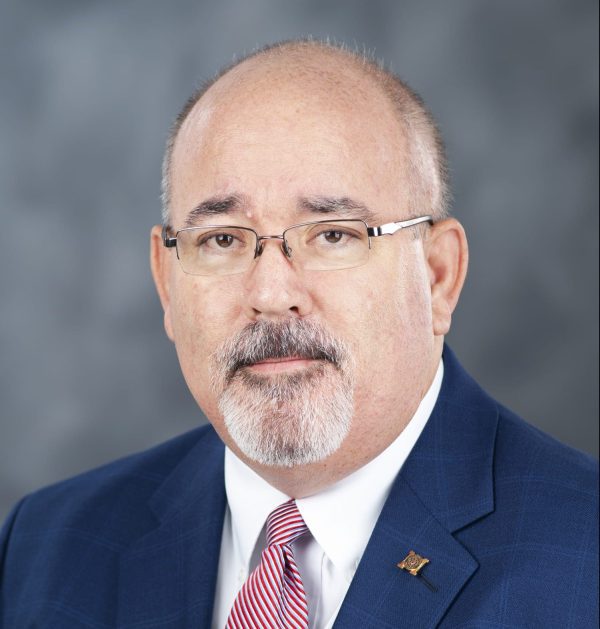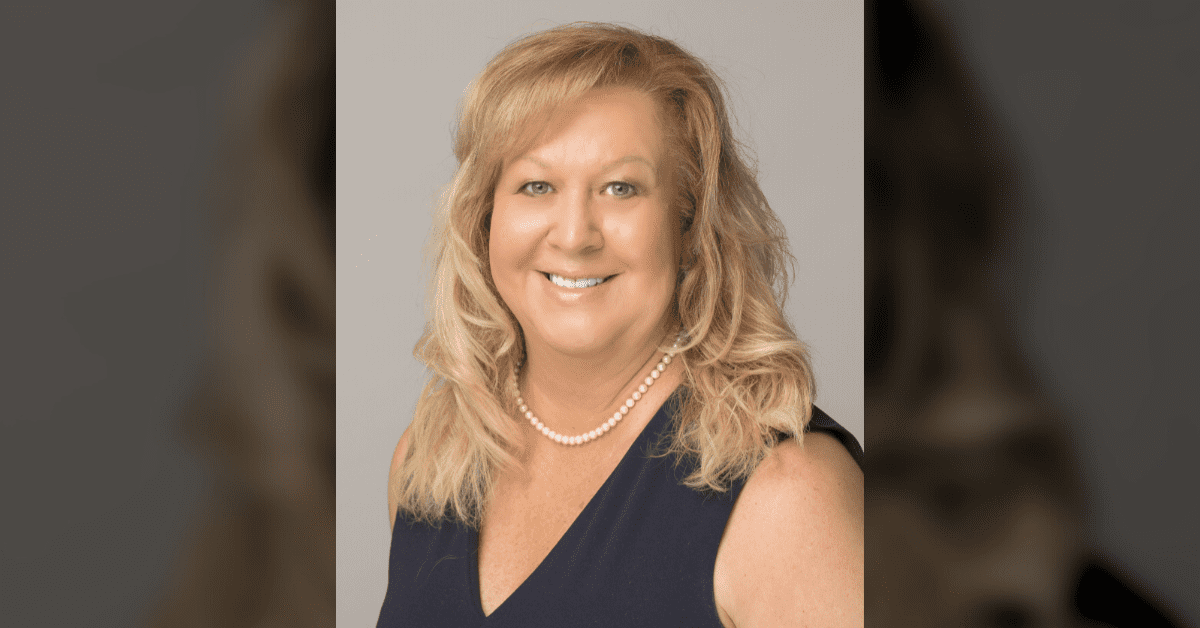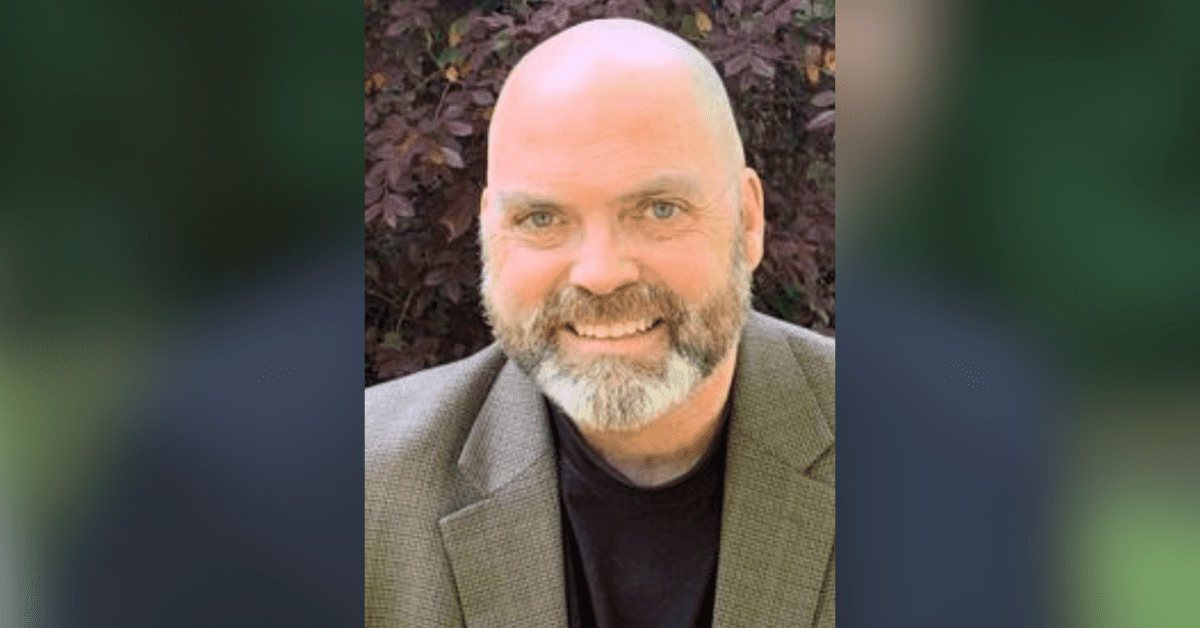
Sid Salter
- Columnist Sid Salter says attending a football game should not be a life-and-death decision.
Here are some troubling statistical facts that should concern every Mississippian, regardless of race, socioeconomic status, or political loyalty – Mississippi has the highest rate of gun deaths in the U.S., the highest rates of gun homicides are in rural counties, and seven of the rural U.S. counties with the highest gun homicide rates are in Mississippi, according to the CDC.
Our state was shaken over the weekend by news of multiple shootings connected to high school and university football homecoming celebrations, leaving at least nine dead and more than 15 injured. The high school shootings occurred in Leland and Rolling Fork in the Delta, and Heidelberg in Jasper County.
Shootings were also reported at Alcorn State University in Lorman and Jackson State University’s football tailgating area near Mississippi Veterans Memorial Stadium. The Hinds County Sheriff’s Office reported a child injured in the JSU-related shooting, while one victim was killed and two were injured at ASU.
Mississippi has held the rank for the highest gun death rate since 2023. However, further analysis of CDC data shows that while the county covering St. Louis, MO, had the highest gun violence rate nationally from 2021 to 2024 at 77.94 per 100,000 residents, seven Mississippi counties are among the top 20 for gun homicides.
These counties include: Washington County at 68.6, Holmes County at 67.48, Hinds County at 67.22, Leflore County at 66.9, Coahoma County at 53.47, Tunica County at 43.68, Wilkinson County at 41.56, and Sunflower County at 36.91.
Despite common perceptions that violent streets are confined to Chicago, Los Angeles, and New York, the actual data show that rural Mississippi’s gun homicide rate exceeds those cities by more than double.
After tragic events like those over the weekend, familiar questions arise about responsibility, blame, and how to curb violence. Yet, these answers are elusive, rooted in generations of complex social and economic issues.
First, in rural areas of the South, Midwest, and Far West, there is a deep mistrust of government control over weapons.
From a political perspective, legislation restricting Second Amendment rights is unlikely at the Mississippi State Capitol. That has been the case, and it’s likely to stay that way.
As a hunter and gun owner, I get it. Like most rural Mississippians—both Black and white—guns have been a part of my life’s fabric, used for hunting or protecting loved ones and property.
But Mississippi’s persistent ranking as the state with the highest gun death rate should alarm both conservatives and liberals.
The National Institute on Minority Health and Health Disparities reports that rising gun death rates especially impact Black youth. They noted that “the rate of gun-related deaths for Black youth has increased every year since 2013, with a 108.3% increase from 2013 to 2020 compared to a 47.8% increase for white youth during the same period.”
What state has the highest percentage of Black youth? Mississippi, at 42.9%.
A related pattern emerges when examining the counties on that list of high gun homicide rates—the same counties often have the highest unemployment rates. The counties lacking economic opportunities and jobs tend to struggle with higher crime.
Mississippi’s last four governors—one Democrat and three Republicans—have earnestly tried to bring economic opportunity to the poorest regions of the state. It’s been a challenging effort, even with the support and encouragement of a willing Mississippi Legislature.
Mississippi faces a critical juncture in addressing its unique gun homicide issues. Moving forward, the state must prioritize comprehensive strategies that include targeted economic development, community engagement, and innovative enforcement tactics to reduce violence. Only through collaborative efforts and sustained commitment can Mississippi hope to improve public safety and create a safer environment for all its residents.
Attending a football game should not be a life-and-death decision. Our children deserve better.








